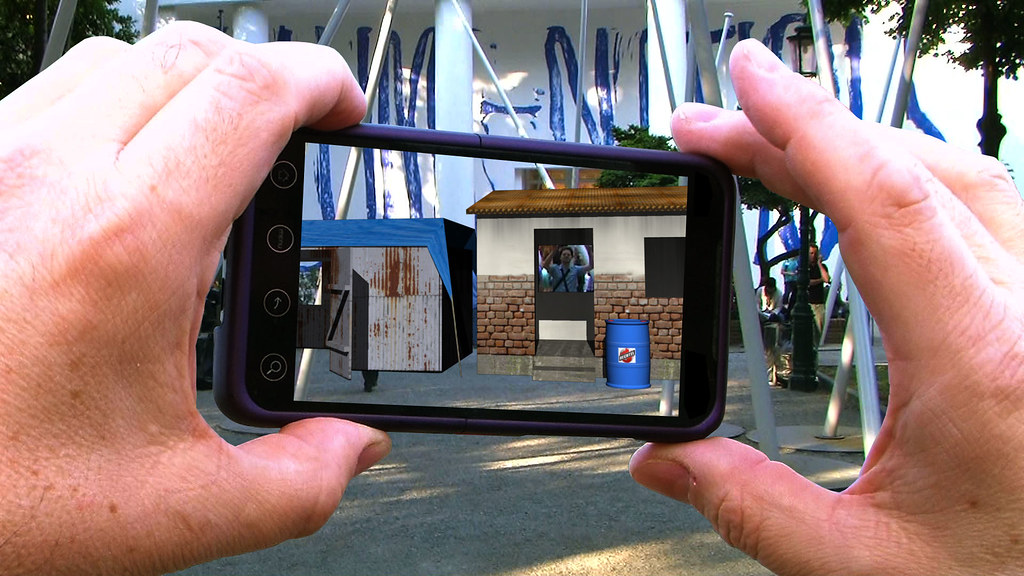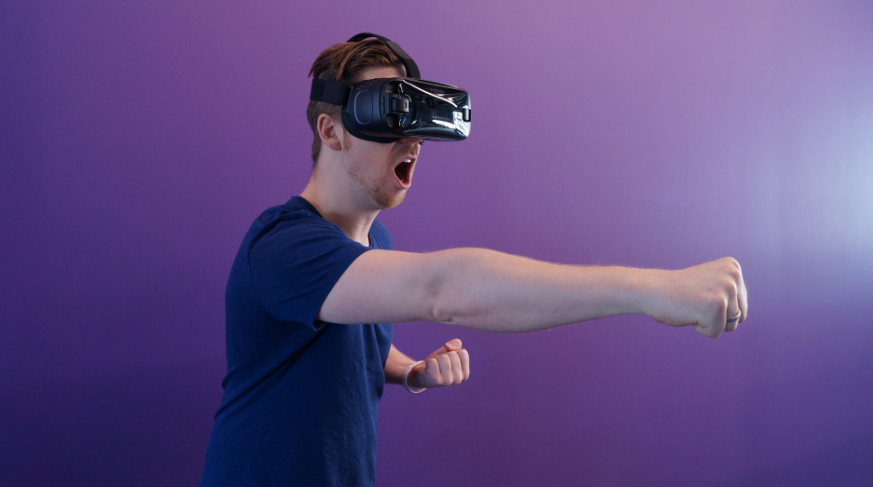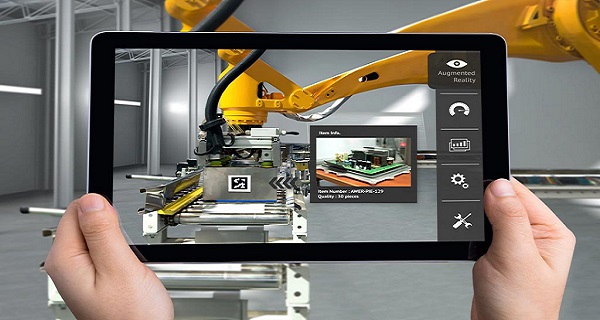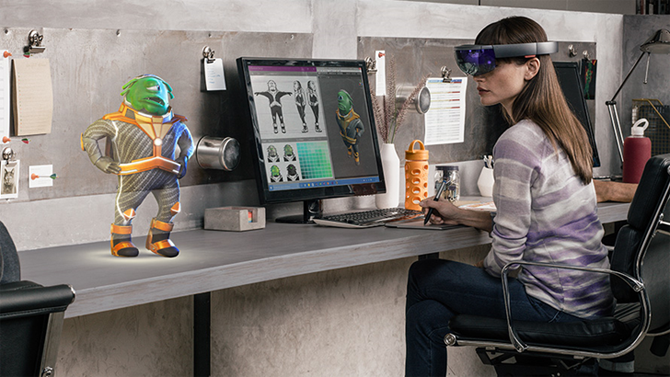Augmented Reality vs. Virtual Reality : What are the Differences?
Audio : Listen to This Blog.
Augmented Reality vs. Virtual Reality: What are the Differences?
Technology has witnessed a rapid improvement over the last decade, than it ever has in the past. It’s no surprise to us, that a lot of things are possible today, which we couldn’t dream of in the last decade. Today, much of what we’ve seen in our future-esque films, have now become somewhat of a reality (no pun intended).
So much of what we wish to do today is based on ideals of virtual reality technology and augmented reality. When it’s entertainment or even various experiences, one of these stand as a catalyst. But what is it that differentiates one from the other?
The term Virtual Reality was coined in the early 90’s and was an idea bounced around by many companies who tried their hand at it but failed mainly due to the limitations of technology at the time. Augmented Reality technology on the other hand has only made the waves of late. But what are the two?
Augmented Reality:
Simply put, Augmented reality refers to the blending of virtual reality technology and the real world. With this form of technology, developers can create images within virtual reality applications that most certainly blend in with the real world. While this seems like an impossible feat, it is quite real. With AR technology, users are presented with the ability to actually interact with virtual contents that are presented in the real world, and are also able to clearly distinguish between the two.
Virtual Reality:
On the other side of the coin, Virtual reality is all about creating a virtual world that provides for a more immersive experience that users can interact with. This virtual world is usually designed in such a way that users generally tend to find it difficult to tell the difference from what is real and what isn’t. The technology is relatively newer that’s intended to provide an immersive experience.
 virtual re
virtual re
Distinguishing between AR vs VR
While both are similar in terms of overall functionality, the two mediums are different parts of the same coin. The biggest difference lies in the fact that AR is meant to blur the lines between what is real and what isn’t. While Virtual reality seeks to replace everything the eye can see with something that’s more simulated, Augmented reality doesn’t block out the world around the user in favor of a new and rather fabricated experience. Instead, it places what is referred to as a digital layer between the viewer and the reality.
Another key difference is in the technology used. While Virtual reality quite simply requires a completely different piece of hardware and technology in the form of dedicated headsets and motion controls, Augmented reality on the other hand, can work on smartphone devices being integrated into the camera. This is the same kind of technology that has powered the world famous phenomenon in Pokemon Go.
What both require ultimately is vast amounts of data that can only be sustained over 5G networks as they can transfer said amounts quickly and more importantly wirelessly.
An adoption process:
It’s quite clear that both forms are still evolving in their progress but Augmented reality has made more ground in its overall adoption. The fact of the matter is that it’s more convenient in its form factor and can easily be integrated. Unlike Virtual reality, which requires a dedicated piece of hardware that mostly also requires the user to remain stationary for most of the experience, Augmented reality is more versatile in its overall execution having needed to be delivered on portable screens.
Virtual reality is hot these days and is seen as massive potential due to its advantages to provide something completely different and immersive and can be used in a variety of sectors such as entertainment, productivity and sales. The virtual reality technology is still a work in progress and is being seen as a future norm especially in the gaming industry.
Technical difficulties:
While they’re still in the adoption phases, there’s still some ways to go before these forms of technology become absolute game changers. The biggest challenge here is the issue of transferring data which in short, comes down to the availability of a reliable internet connection.
While in the west, these issues may be less of a worry, the same can’t be said for those in the east and Asia who comprise of a massive market for technology adopters. The lack of quality internet infrastructure could prove to be problematic moving forward and therefore hinder the speed of adoption
Bright days ahead:
While there are substantial differences between the two, the output provided are the same in their endeavor to provide meaningful experiences to the user. Those reasons are more than enough to justify a future.



